Botox VS Fillers: decoding the best choice for youthful skin
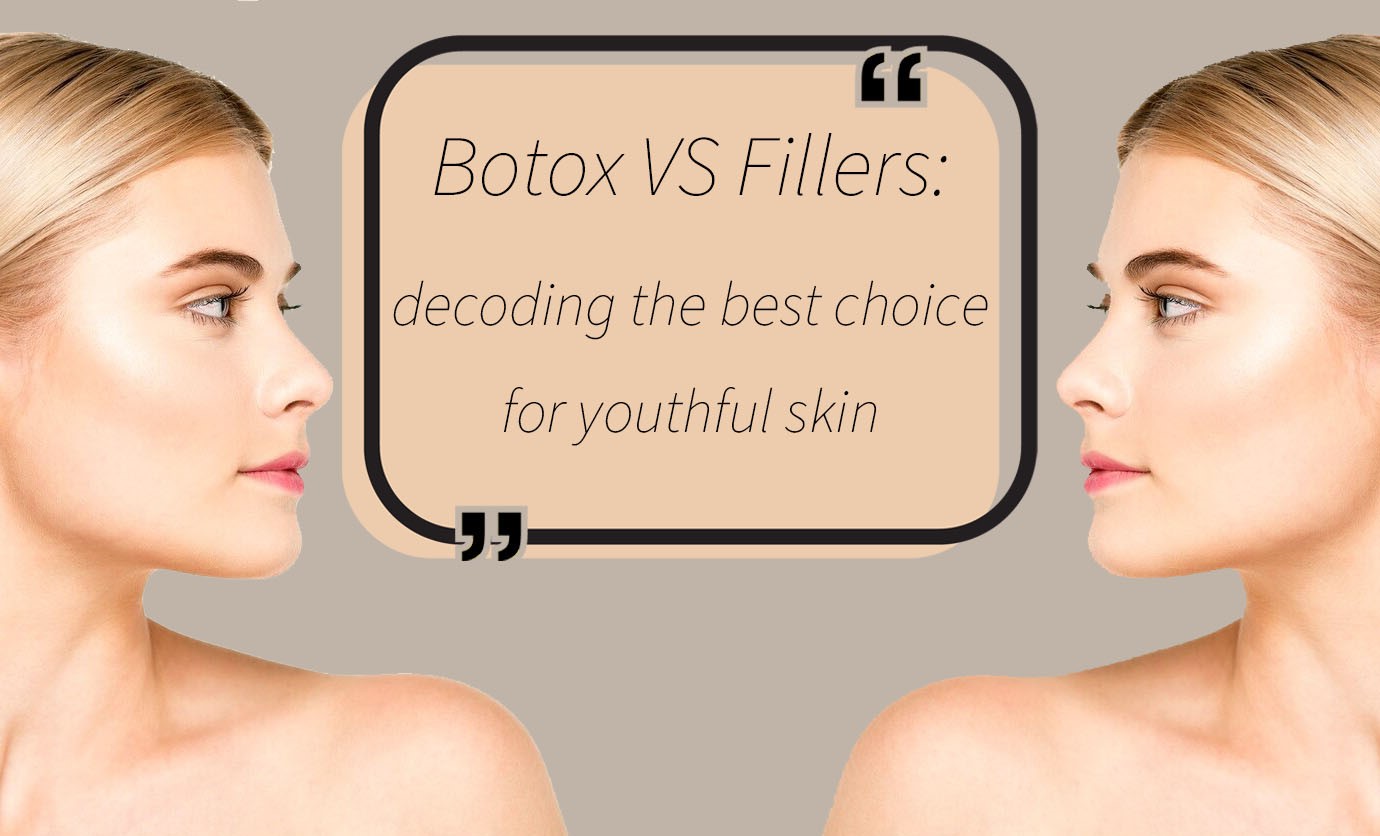
Botox or the procedure of injecting botulinum toxin, a neurotoxin. While it is most associated with cosmetic treatments, Botox has a range of medical applications due to its ability to temporarily block nerve signals. When injected in small, controlled doses, it paralyzes or weakens the targeted muscles, leading to a reduction in muscle activity. This effect is reversible and generally lasts between three to six months, after which the treatment may need to be repeated.

The most well-known use of Botox is for reducing the appearance of facial wrinkles. By relaxing the muscles responsible for creating lines and folds, Botox smooths the skin, particularly in areas such as the forehead, around the eyes (crow's feet), and between the eyebrows (frown lines). This cosmetic procedure is popular due to its non-invasive nature, minimal recovery time, and effectiveness in creating a more youthful appearance.
Beyond its aesthetic applications, Botox is also used in various medical treatments. It is FDA-approved for managing conditions like chronic migraines, excessive sweating (hyperhidrosis), overactive bladder, and muscle spasticity. In these cases, Botox helps to alleviate symptoms by reducing muscle contractions or inhibiting excessive nerve activity. This versatility makes Botox a valuable tool both in the realm of beauty and in improving the quality of life for individuals with certain medical conditions.
Dermal fillers are injectable substances used to restore volume, smooth wrinkles, and enhance facial contours. Made from various materials such as hyaluronic acid, calcium hydroxylapatite, and poly-L-lactic acid, fillers are designed to mimic the body's natural tissues. The specific type of filler used depends on the treatment area and desired outcome. Hyaluronic acid fillers, for example, are particularly popular because hyaluronic acid is a naturally occurring substance in the body that helps retain moisture, giving the skin a plump, youthful appearance.
The most common use of dermal fillers is in cosmetic procedures aimed at reducing the visible signs of aging. They are often used to fill in fine lines and wrinkles, such as those around the mouth (nasolabial folds), under the eyes (tear troughs), and in the cheeks. Fillers can also be used to enhance features like the lips, jawline, and chin, creating a more defined or balanced appearance.

In addition to their cosmetic uses, dermal fillers are sometimes used in medical treatments to correct facial volume loss caused by medical conditions or aging, such as in people with HIV-related facial waste or certain genetic disorders. They may also be employed to restore volume in areas like the hands, where the skin tends to lose fullness over time. These procedures are minimally invasive, typically requiring little to no downtime, and their results are often long-lasting, depending on the type of filler used. However, as with any cosmetic treatment, the effects of dermal fillers are temporary, usually lasting between six months and two years before touch-ups are required.

Botox and dermal fillers are both popular cosmetic treatments used to reduce the visible signs of aging, but they work in fundamentally different ways. Botox is a neurotoxin that temporarily paralyzes or relaxes specific muscles by blocking nerve signals. This makes it particularly effective for treating dynamic wrinkles, which are caused by repeated muscle movements. The key benefit of Botox is its ability to smooth out wrinkles caused by muscle contractions, helping to create a more relaxed and youthful appearance. However, Botox does not add volume or lift to the skin; rather, it works by reducing muscle activity.
In contrast, dermal fillers are designed to add volume and restore the skin's youthful contour by physically plumping areas that have lost fullness due to aging, gravity, or other factors. Made from various substances, dermal fillers are injected directly into the skin to fill in wrinkles, fine lines, and hollow areas. They are most used for static wrinkles, which are visible even when the muscles are at rest, such as nasolabial folds, marionette lines, or volume loss in the cheeks and under the eyes. Fillers can also be used to enhance facial features like lips, chin, or jawline.
Another key difference between Botox and dermal fillers lies in the duration of their effects. Botox typically lasts between three to six months, as the muscle-relaxing effects wear off over time and the treated muscles gradually regain function. In contrast, dermal fillers generally offer longer-lasting results, with some formulations providing effects for six months to two years, depending on the type of filler used and the area treated. The durability of dermal fillers can vary based on factors like the individual’s metabolism, the injection site, and the specific filler material.
While both treatments are minimally invasive, the procedures also differ in terms of their applications and potential side effects. Botox injections require precise placement into the muscles, while dermal fillers are injected directly into the skin or deeper tissue to add volume. Botox may cause temporary side effects such as bruising, headaches, or mild muscle weakness, while dermal fillers can lead to swelling, redness, or lumpiness at the injection site.
All in all, the choice between Botox and dermal fillers depends on the specific aesthetic goals of the patient: Botox is ideal for dynamic wrinkles and facial expression lines, while dermal fillers are better suited for restoring lost volume and smoothing static wrinkles.
Combining Botox and dermal fillers is a common approach for comprehensive facial rejuvenation, as these treatments target different types of wrinkles and concerns. To achieve the best results, it is important to schedule both treatments with an experienced practitioner who understands how to balance the effects of Botox and dermal fillers for a natural, harmonious appearance.
When combining the two treatments, the sequence of injections can vary depending on the patient's needs. Typically, Botox is injected first to relax the muscles and smooth out the dynamic wrinkles, allowing the skin to settle into a more relaxed state. Dermal fillers are then used to restore volume and contour to the face, filling in any hollows or wrinkles that are not related to muscle activity. It’s crucial to wait for the Botox to take effect before administering the fillers, as this ensures the muscles have been properly relaxed and the filler can be placed in the appropriate areas without interference from muscle movement. Additionally, spacing out the treatments by a week or two may allow for better results, but in some cases, both can be done during the same session if the practitioner deems it appropriate.
However, there are some important precautions to keep in mind when combining Botox and dermal fillers. It's essential not to over-treat areas or inject excessive amounts of filler, as this can lead to an unnatural or "frozen" appearance, particularly around areas where Botox has been injected. Avoiding aggressive facial expressions or massaging the treated areas immediately after the procedures is also advised, as this can disrupt the placement of both Botox and dermal fillers. Lastly, make sure to consult with a qualified injector who can assess your facial anatomy and tailor the treatment plan to your individual needs, ensuring that the combination of Botox and dermal fillers enhances your features in a subtle, balanced way.

At ViewMed Korea, we offer a curated selection of premium Botox and dermal filler products to help you achieve the youthful, refreshed look you’ve always wanted. Our expertly chosen products are designed to target specific signs of aging, giving you smooth, radiant skin with results that last. Whether you're looking to erase fine lines, restore volume, or enhance your features, we have the perfect solution for you!
For Botox treatments, we offer:
When it comes to dermal fillers, we offer:


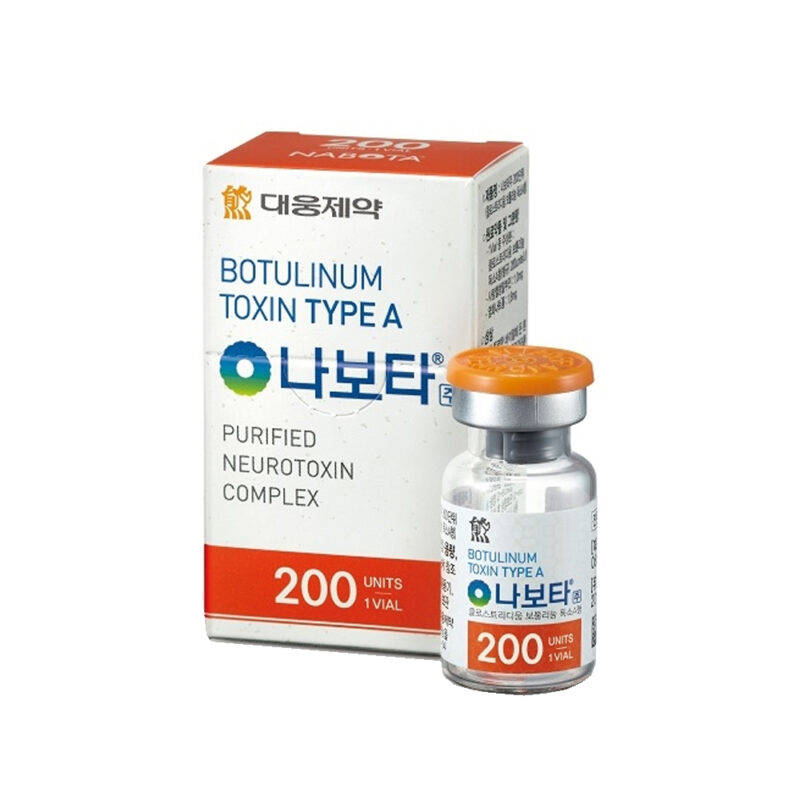

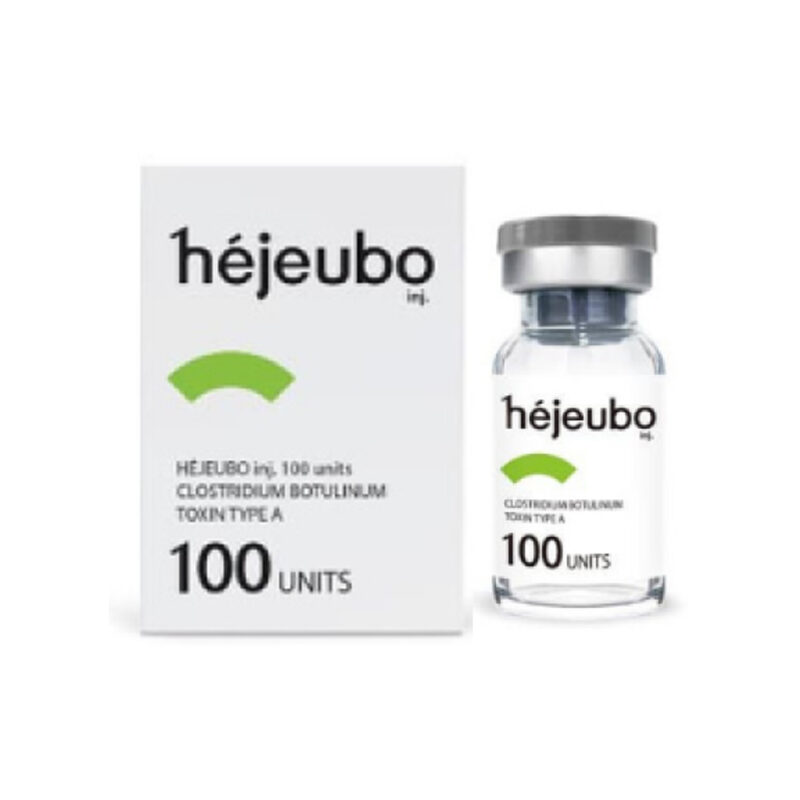

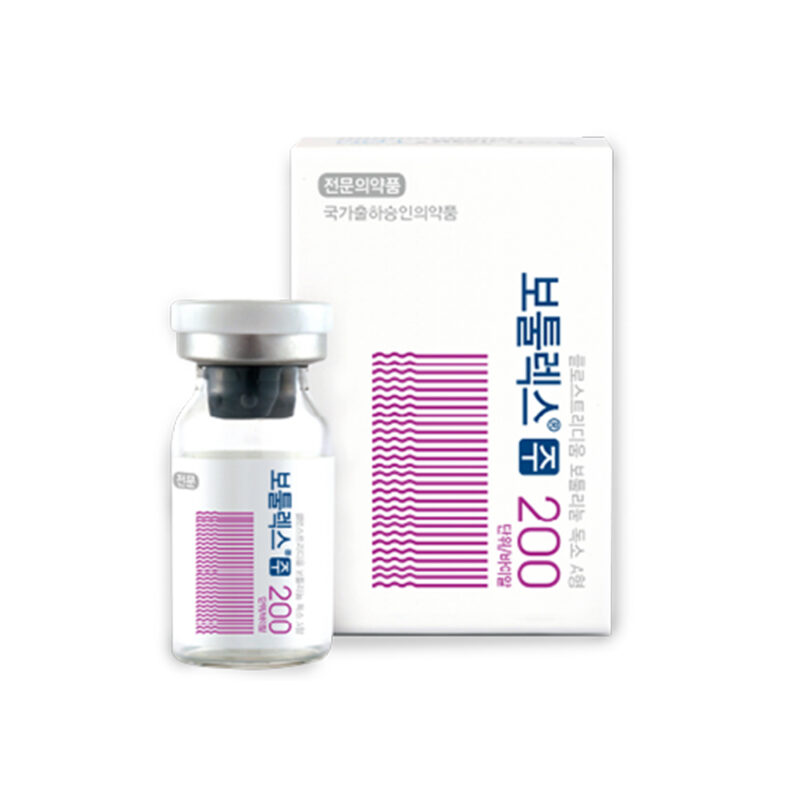
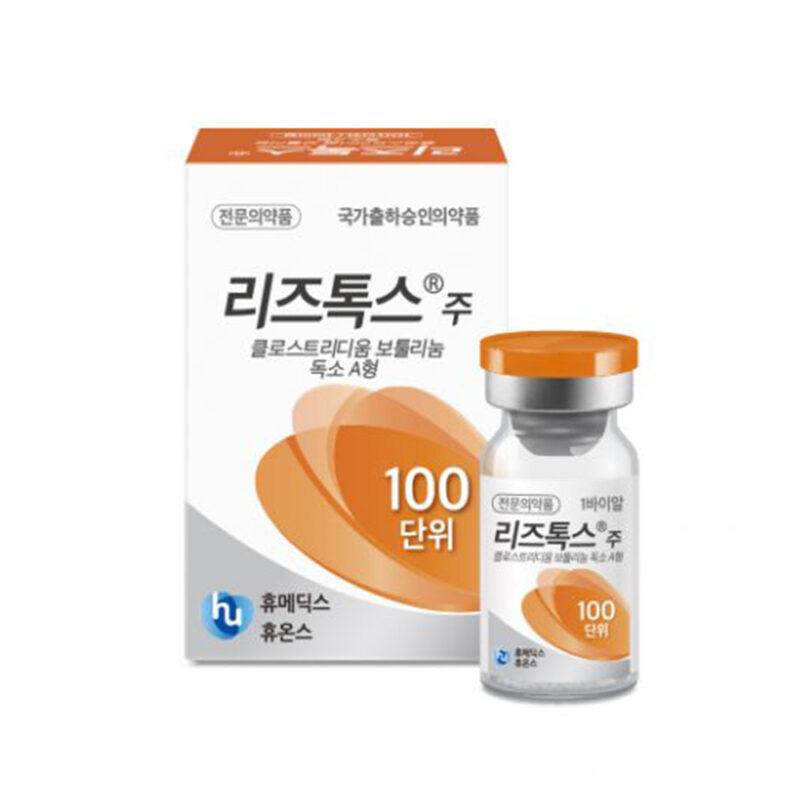
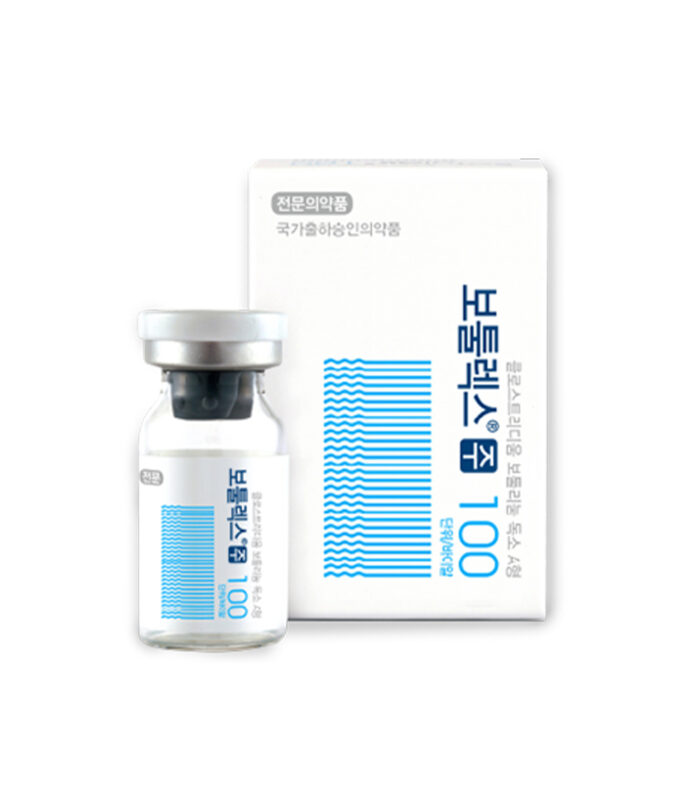


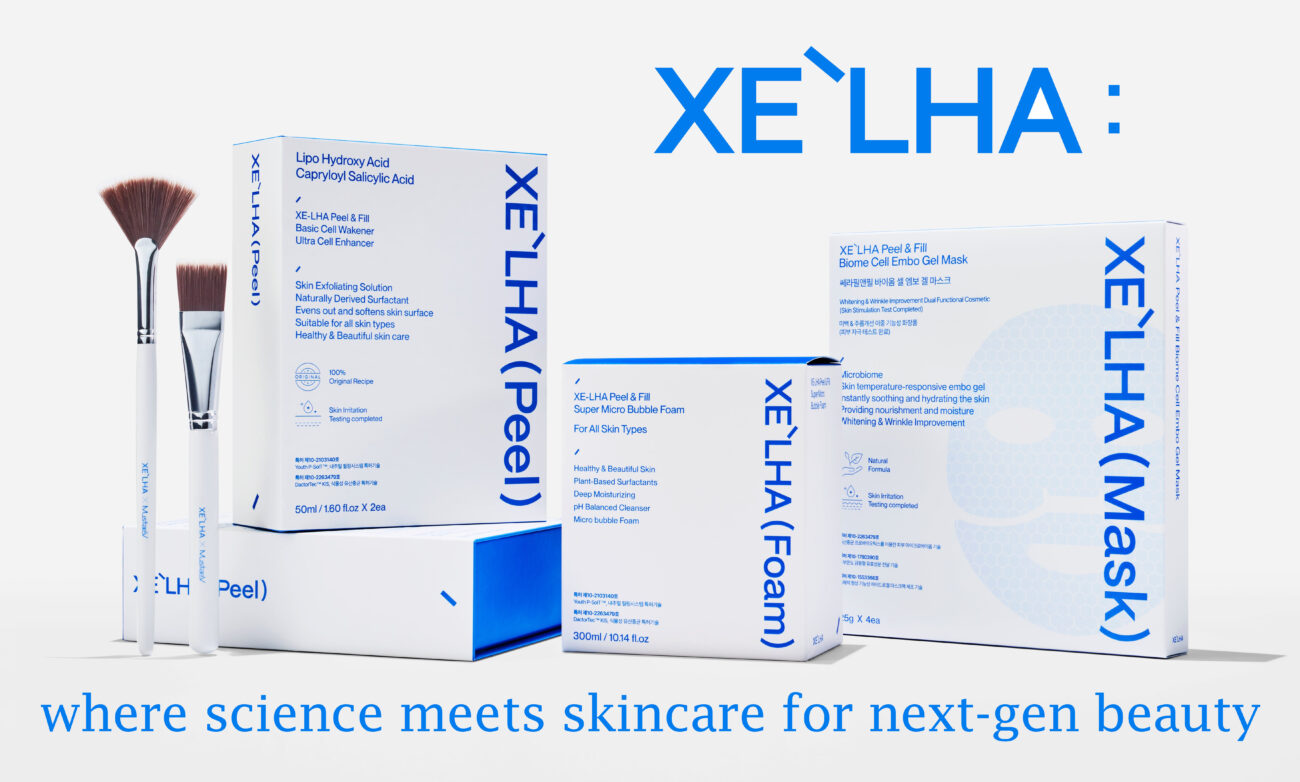

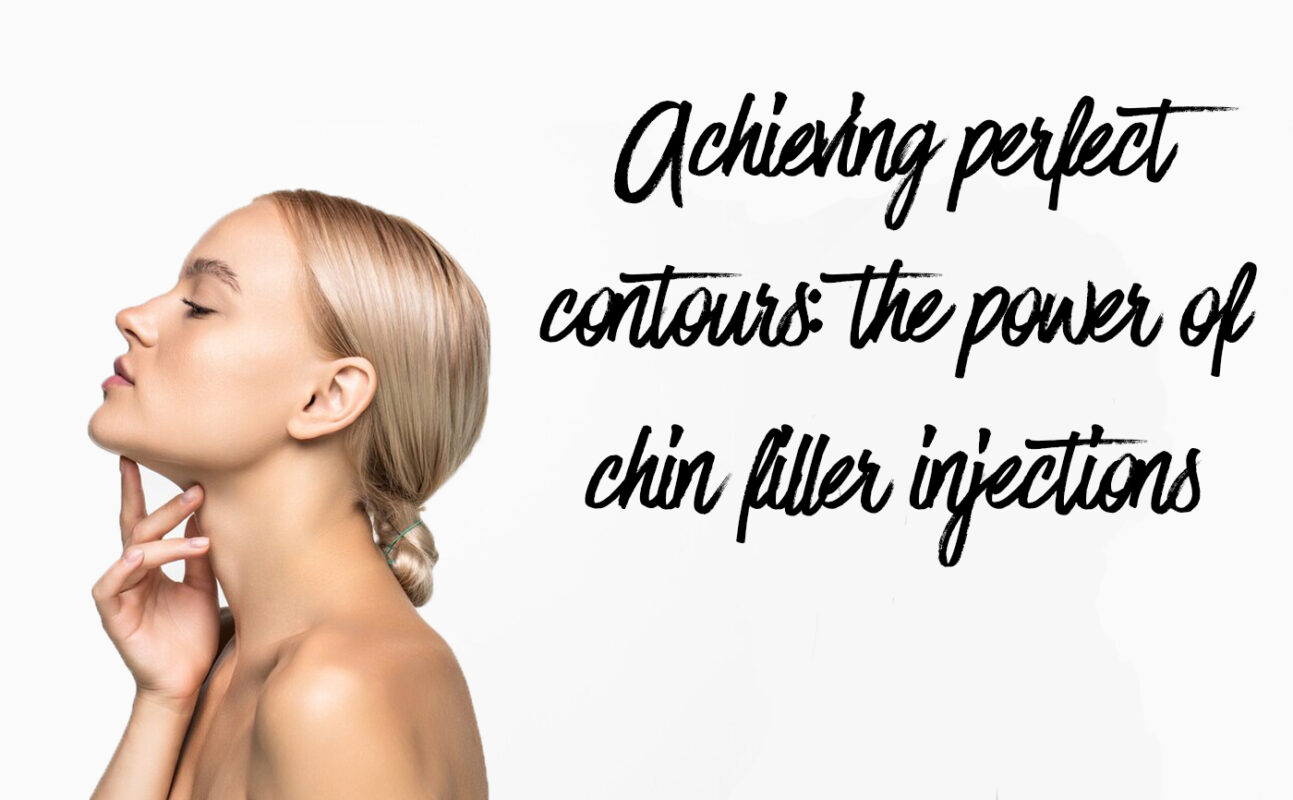



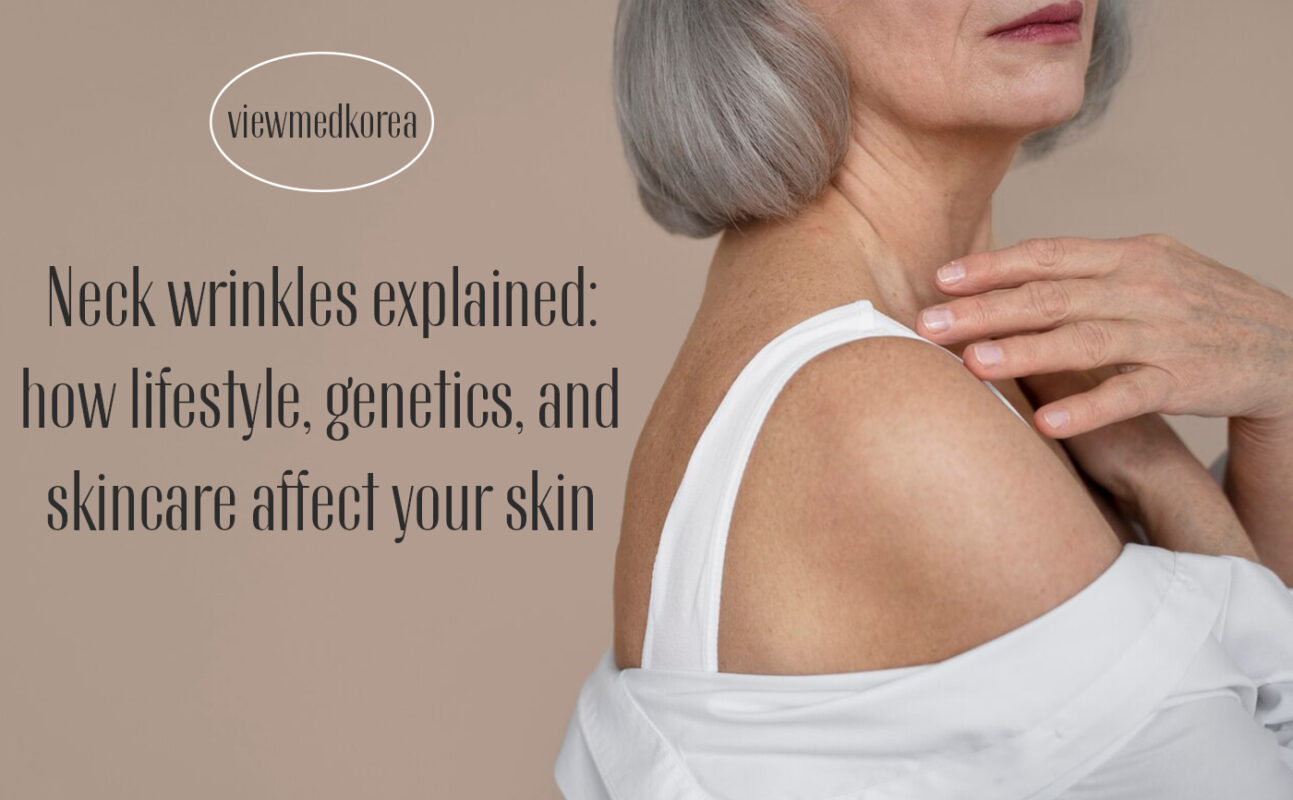

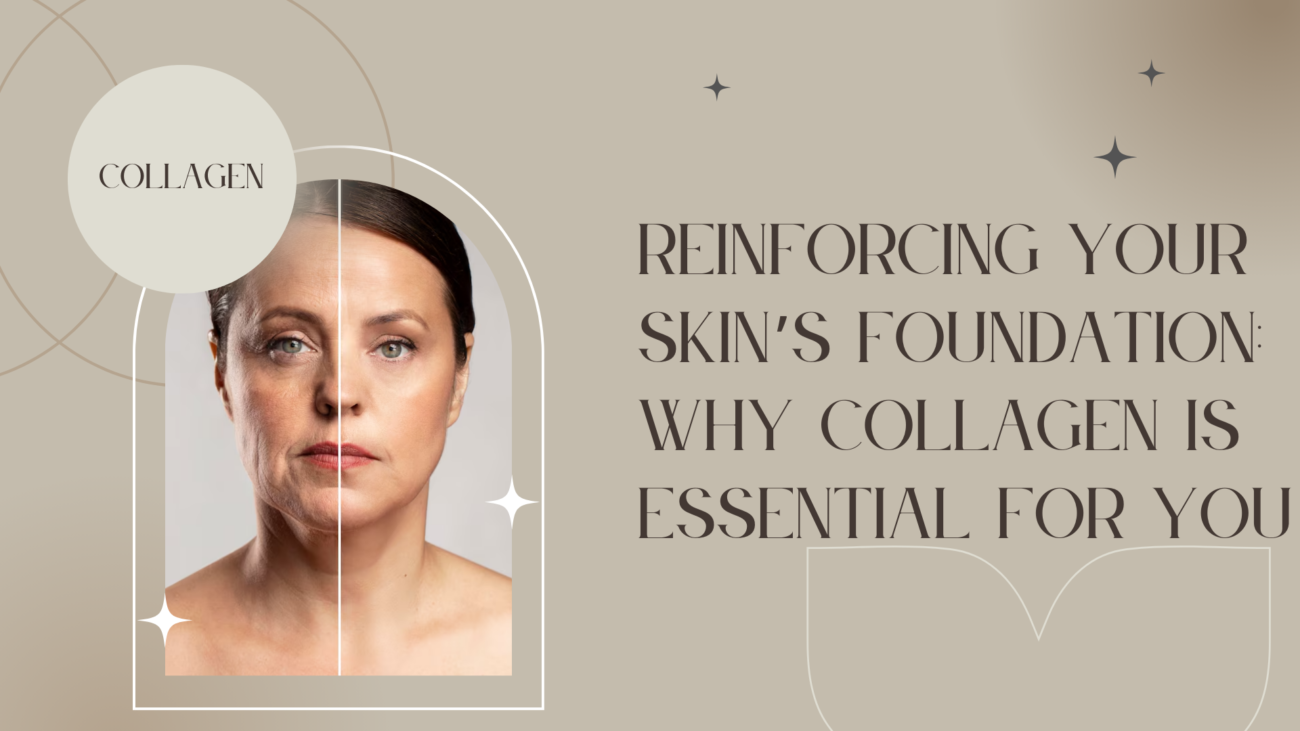
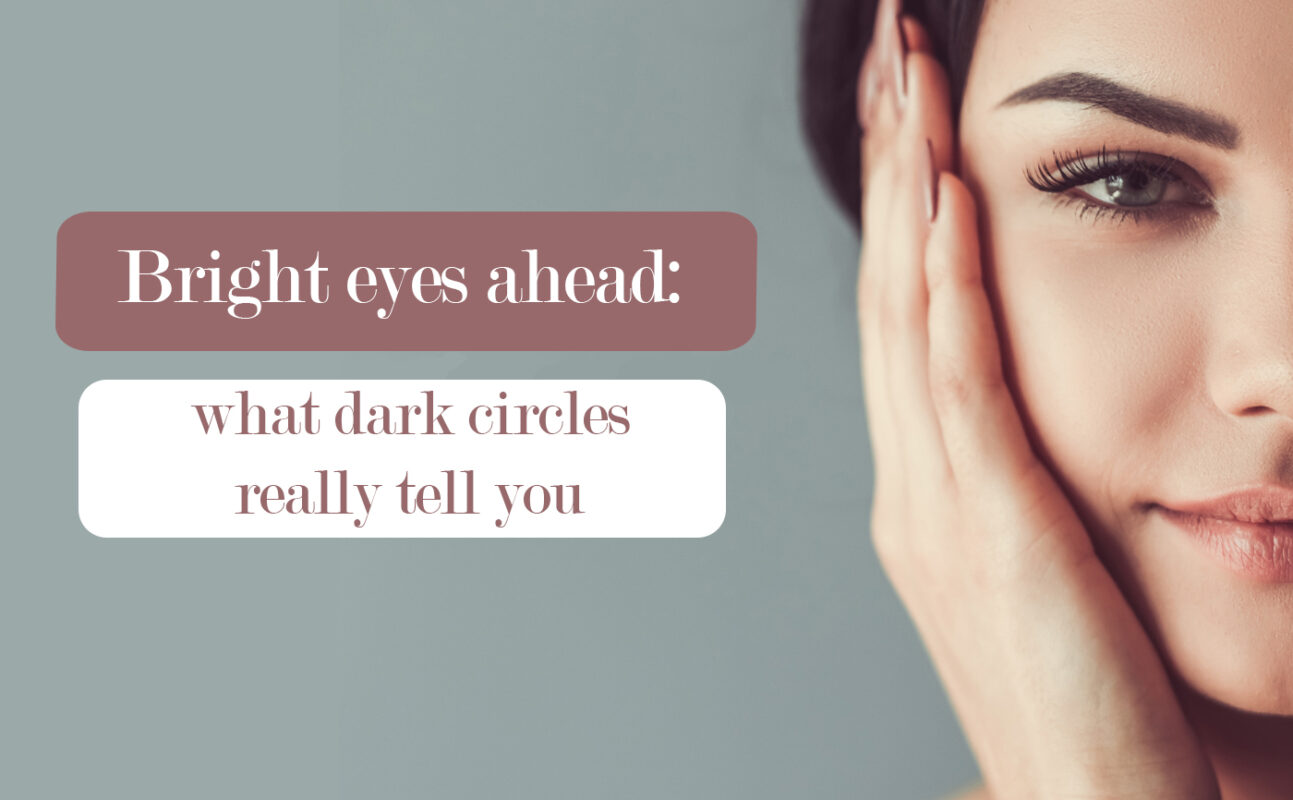
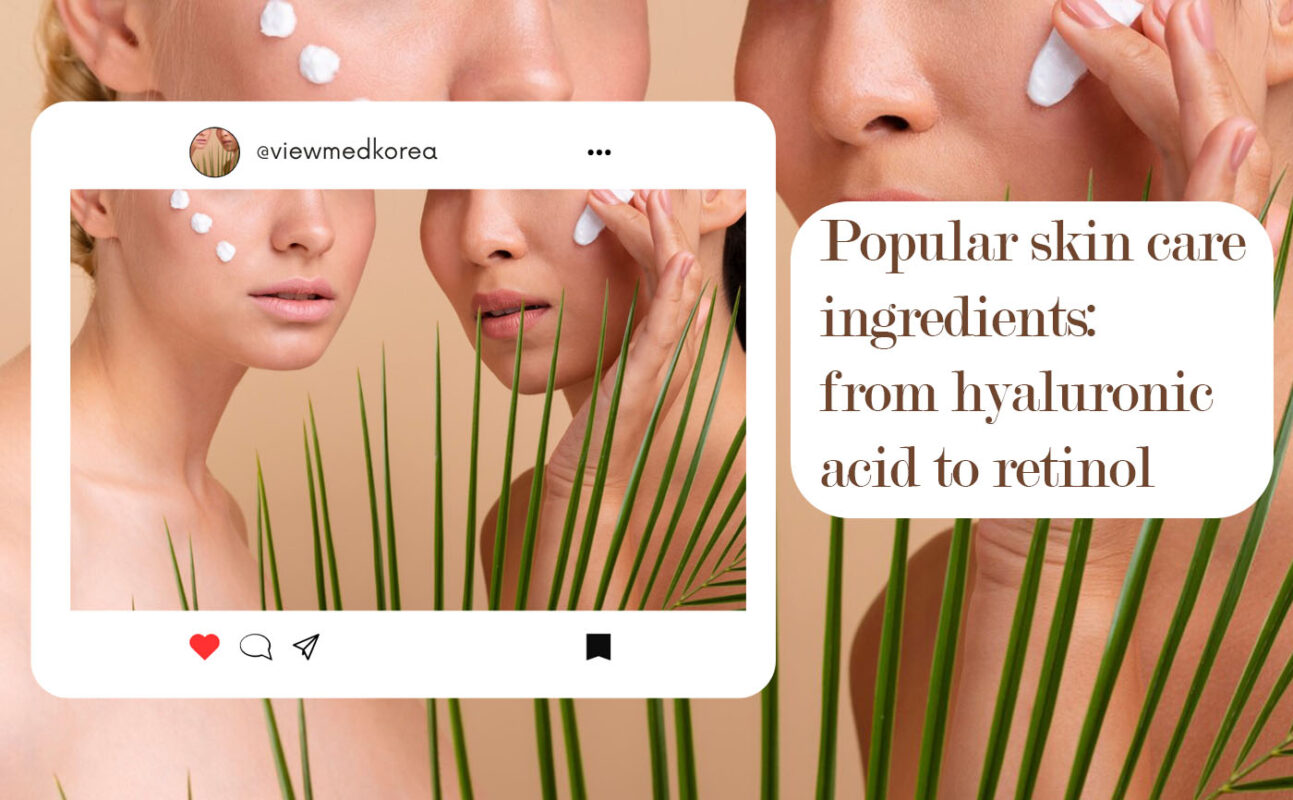
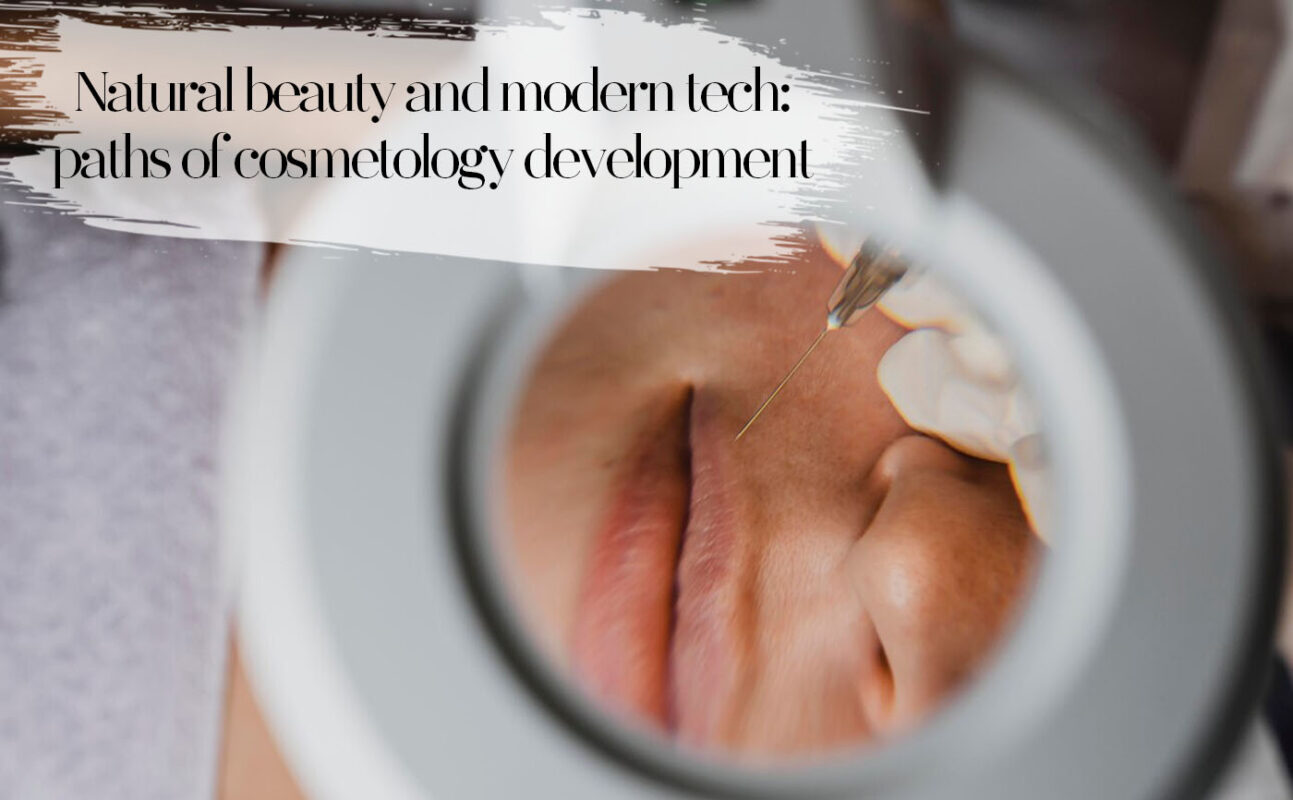
Finally all the necessary information! I got fillers first, but they were not that effective for my deep wrinkles, so had to wait and redo again with the botox! I wish I saw this article earlier 🙂